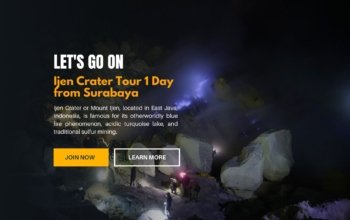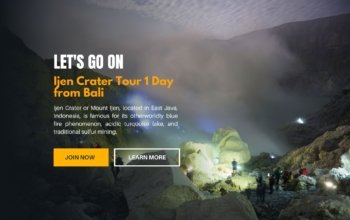Explore Ijen Crater | Mount Bromo | Tumpak sewu waterfall
Ijen’s Blue Fire: A Mystical Midnight Volcanic Adventure
25 Juni 2025 14x Article Blog
Ijen Blue Fire: Deep in the volcanic highlands of East Java, Indonesia, lies a spectacle so rare that it exists in only two places on Earth. At Mount Ijen, beneath the cloak of darkness, a surreal electric-blue fire dances along the crater’s sulfuric slopes — a glowing phenomenon that defies logic and ignites the imagination. This is the Blue Fire of Ijen Crater.
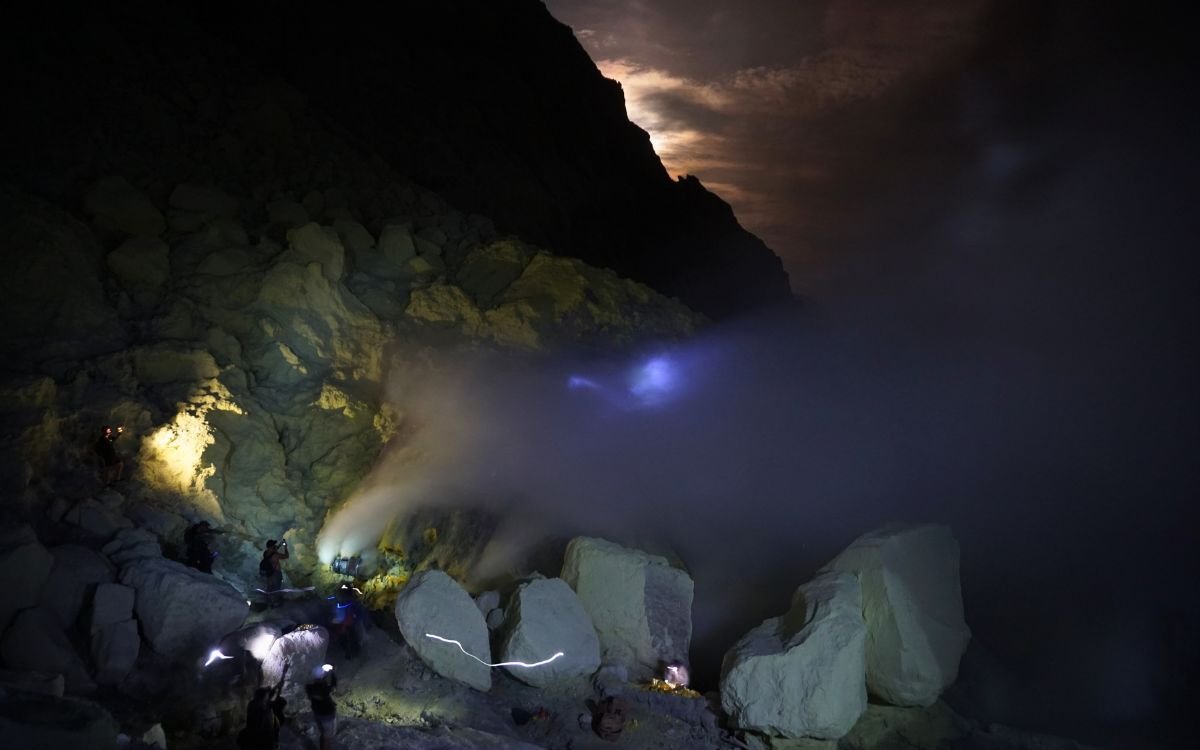
What Is the Blue Fire?
The blue fire (or “blue flames”) is not lava, as many mistakenly believe. Instead, it is the result of sulfuric gases emerging from deep within the Earth at extremely high temperatures — above 600°C (1,112°F). When these gases make contact with the open air, they ignite, creating bright blue flames that can reach up to five meters in height. The flames are only visible in darkness, making the pre-dawn hours the best time to witness them.
This rare natural wonder is visible in only two places in the world: Mount Ijen in Indonesia and Dallol Volcano in Ethiopia. However, Ijen is the most accessible and consistently active of the two, attracting adventurers and photographers from around the globe.
The Journey to the Crater
The adventure begins around midnight in the village of Licin or Banyuwangi. From there, travelers make their way to the Ijen base camp at Paltuding, where the real trek begins. Under the stars, you’ll embark on a 3-kilometer uphill hike (about 1.5 to 2 hours), through forested slopes and along volcanic trails, with only a flashlight and your guide to lead the way.
Upon reaching the crater rim, you’ll descend roughly 300 meters into the heart of the caldera. The path is steep and rocky, but your efforts are rewarded with the sight of ghostly blue flames flickering across the darkened crater floor. The closer you get, the more intense the heat and the stronger the smell of sulfur — which is why a gas mask is essential for safety.
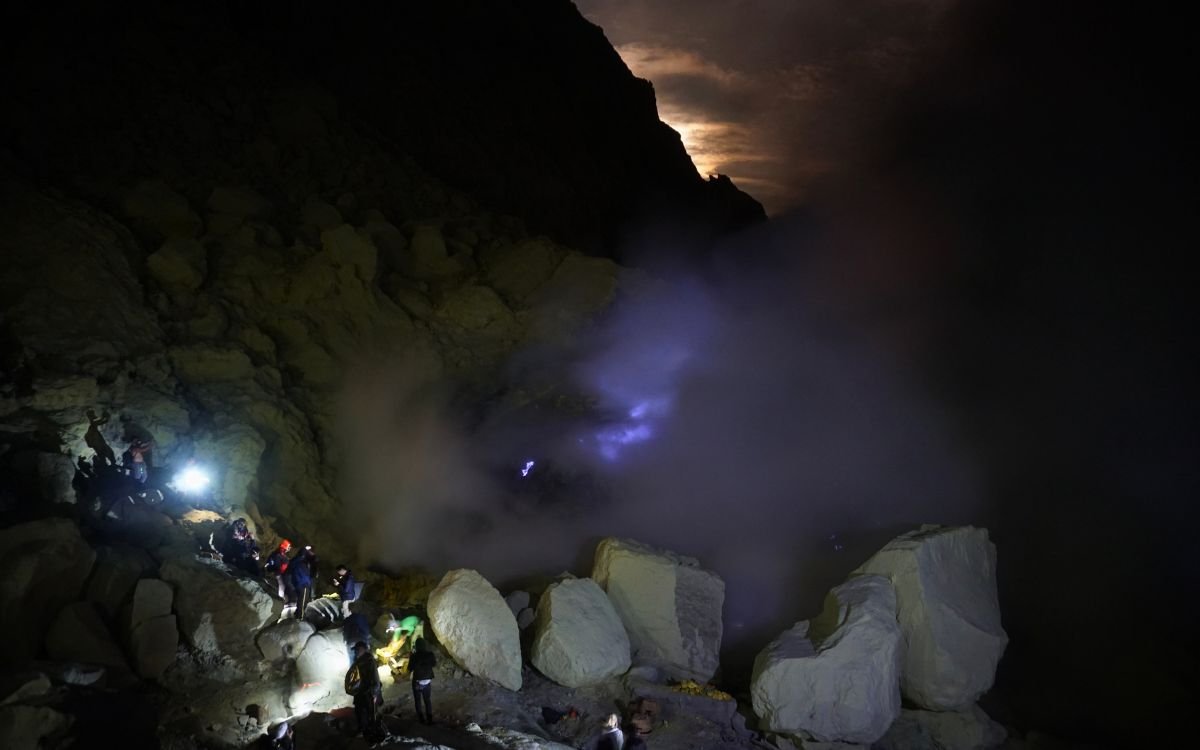
A Living Volcano and a Harsh Workplace
Mount Ijen is not just a tourist destination — it’s also an active sulfur mine. By day, local miners descend into the crater to harvest bright yellow sulfur blocks using simple tools and carry them back up in heavy baskets. These men often work with little to no protection, enduring harsh conditions for modest pay. Their story adds a human dimension to the volcano, making the experience not just awe-inspiring, but also humbling.
Best Time to See the Blue Fire
-
Time of Day: Midnight to 4 AM (before sunrise)
-
Season: Dry season (May to October) offers clearer skies and better visibility.
-
Weather: Avoid visiting during heavy rain as visibility drops and trails can be dangerous.
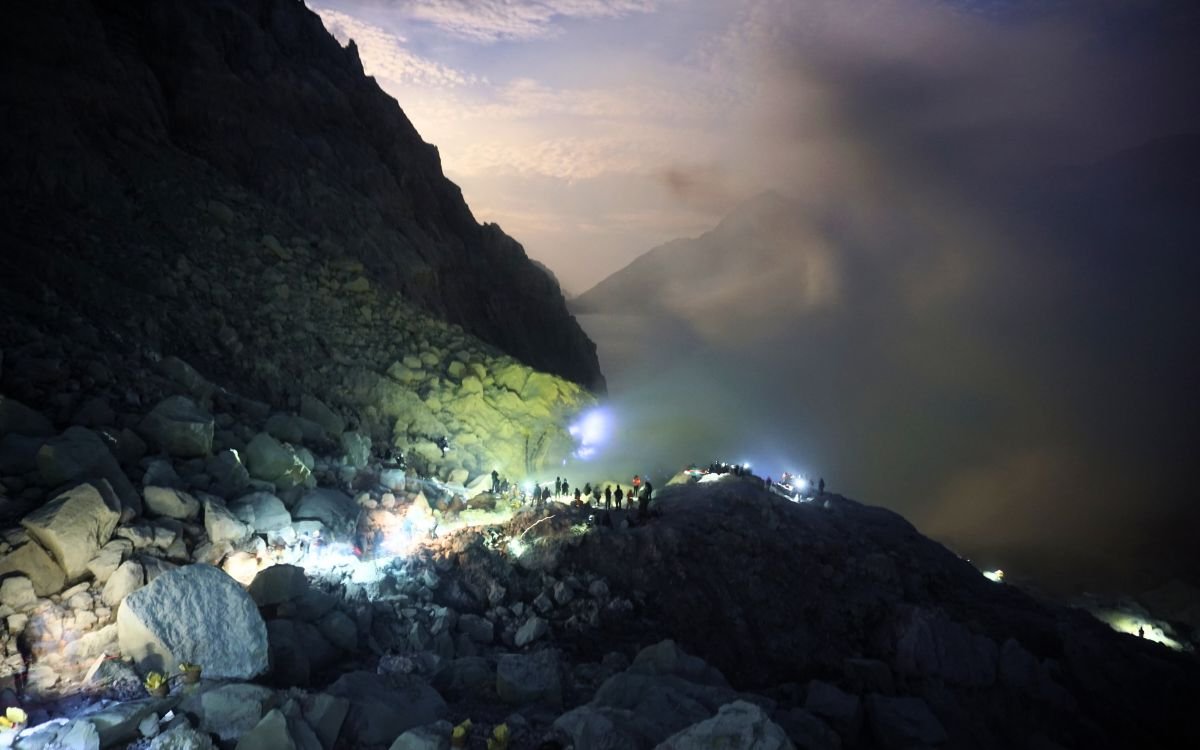
Tips for Visiting Safely
-
Wear proper hiking shoes — the terrain can be slippery and steep.
-
Bring a gas mask — available to rent at Paltuding or included with most guided tours.
-
Use a headlamp — for hands-free visibility during the hike.
-
Hire a local guide — especially helpful for safe navigation and learning about the site.
-
Respect the environment and miners — take nothing but photos, leave nothing but footprints.
Frequently Asked Questions (FAQ)
Q: Is the Blue Fire dangerous?
A: It’s generally safe if proper precautions are taken, like wearing a gas mask and staying with a guide. The sulfuric gases can be harmful if inhaled directly without protection.
Q: Can I see the Blue Fire during the day?
A: No, the flames are only visible in the dark. After sunrise, they become invisible to the naked eye.
Q: Do I need a guide?
A: While not mandatory, having a local guide is highly recommended for safety and to enrich your experience with insights about the volcano and mining life.
Q: How fit do I need to be?
A: The hike is moderately challenging. Average fitness is sufficient, but those with respiratory or mobility issues should proceed with caution.
Q: Is the hike suitable for children?
A: Due to toxic gases and the difficulty of the descent, it is not advisable for young children.
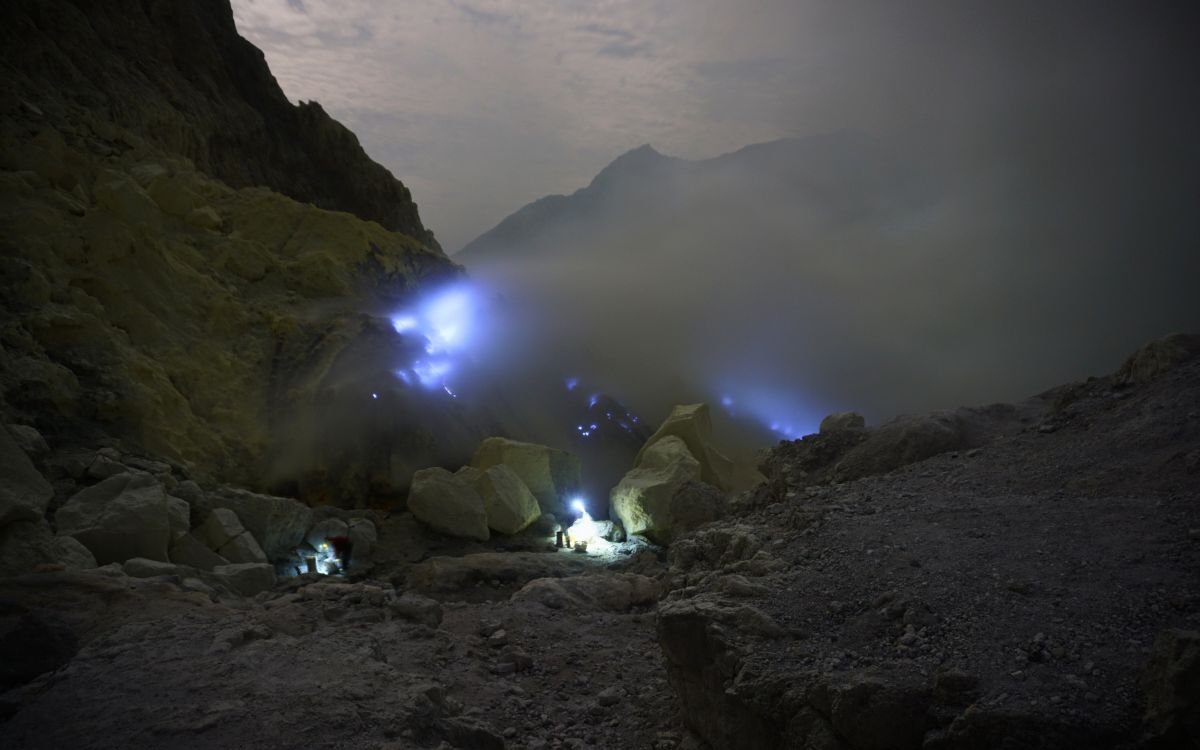
Final Thoughts
Witnessing the Blue Fire of Ijen Crater is more than just a night hike — it’s a surreal, otherworldly adventure into one of nature’s most elusive spectacles. As the flames dance silently in the darkness and the first rays of sunlight reveal a turquoise acid lake and smoking vents, you’ll know you’ve seen something truly extraordinary — a memory that will burn brightly long after the night fades.
Plan Your Ijen Adventure
💬 “Chat on WhatsApp”
Plan your Ijen adventure with us now!
Maybe you are interested in reading the following article:
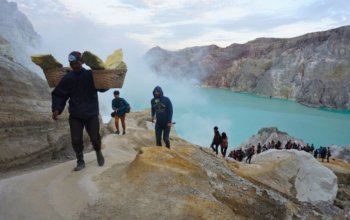
What Exactly Causes the Blue Fire at Ijen Crater?
Ijen Crater: Deep in the volcanic highlands of East Java, Indonesia, a surreal and glowing blue flame rises from the earth each night. This is the legendary blue fire of Ijen Crater—a phenomenon so rare and captivating that it draws adventurers and photographers from around the globe. But what exactly causes this stunning blue glow?... read more
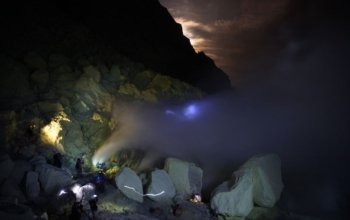
Ijen’s Blue Fire: A Mystical Midnight Volcanic Adventure
Ijen Blue Fire: Deep in the volcanic highlands of East Java, Indonesia, lies a spectacle so rare that it exists in only two places on Earth. At Mount Ijen, beneath the cloak of darkness, a surreal electric-blue fire dances along the crater’s sulfuric slopes — a glowing phenomenon that defies logic and ignites the imagination.... read more
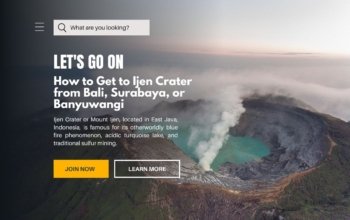
How to Get to Ijen Crater from Bali, Surabaya, or Banyuwangi
Ijen Crater or Mount Ijen, located in East Java, Indonesia, is famous for its otherworldly blue fire phenomenon, acidic turquoise lake, and traditional sulfur mining. Whether you’re starting your journey from Bali, Surabaya, or Banyuwangi, this guide explains how to reach the crater safely and efficiently. Getting to Ijen Crater from Bali Traveling from Ba... read more
Contact Us
If you have any questions, please contact us.
-
Hotline
+6285 185 319 904 -
Whatsapp
085185319904 -
Email
ijenexpeditiontours@gmail.com
